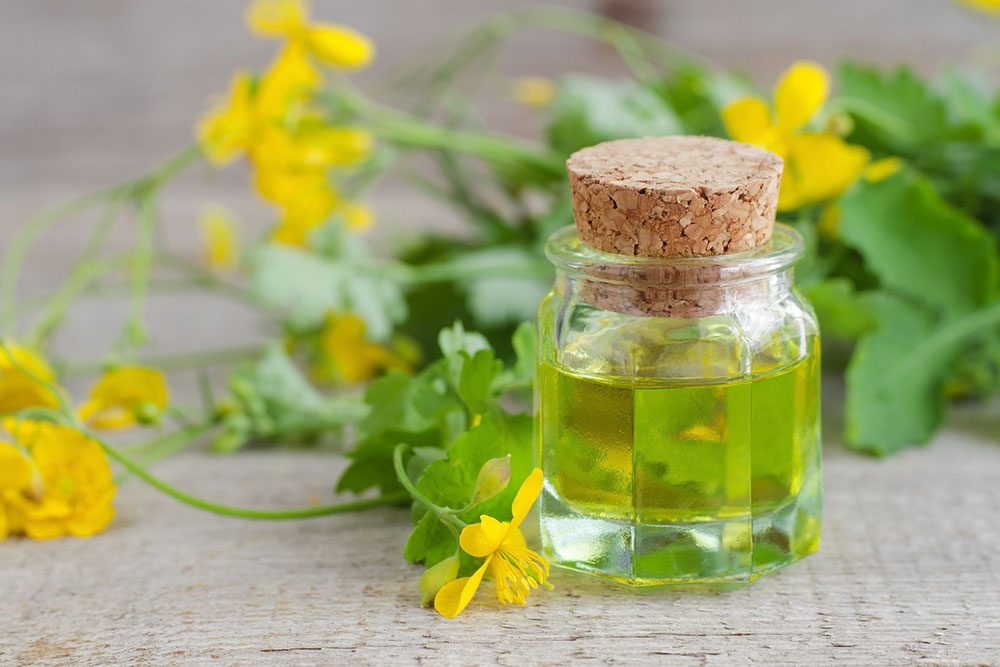In-Depth Strategies for Managing and Relieving Muscle Pain Effectively
This comprehensive guide offers detailed strategies for managing muscle pain effectively. It covers common causes, medical conditions, home remedies, nutritional tips, and preventive measures. Whether experiencing post-exercise soreness or chronic muscle discomfort, learn how to alleviate pain, support recovery, and maintain healthy muscles with practical advice and natural remedies. Essential for athletes, fitness enthusiasts, and anyone aiming to improve muscular health and prevent future soreness, this article provides in-depth insights into effective muscle pain management.

Comprehensive Approaches to Alleviate Muscle Discomfort and Promote Recovery
Muscle pain, medically termed myalgia, is a widespread concern affecting individuals of all ages, especially those engaging in physical activities, sports, or undergoing strenuous tasks. Experiencing muscle soreness after exercise is common and typically occurs between 24 to 48 hours post-activity. While it can be uncomfortable, understanding the underlying causes and implementing effective management techniques can significantly reduce discomfort and aid in quicker recovery. This extensive guide explores the causes of muscle pain, medical conditions associated with it, and practical remedies both at home and professionally.
Understanding the Common Causes of Muscle Soreness
Muscle soreness frequently results from activities that strain or unfamiliar movements that challenge your muscular system. The typical triggers include:
Suddenly engaging in new or intense exercise routines or sports that your body isn’t accustomed to.
Rapid increases in workout intensity, volume, or duration without adequate preparation.
performing unusual or eccentric movements, such as downhill walking, carrying heavy loads, or holding static positions for extended periods.
Experiencing muscle tension due to physical or emotional stress or overuse of specific muscle groups.
Sustaining minor injuries or strains during physical activity that exceeds your strength threshold.
Overexertion or pushing beyond your physical limits during workouts or daily tasks.
Physiologically, these activities can cause microscopic tears in muscle fibers and connective tissues, leading to inflammation and soreness. Typically, soreness peaks around two days following activity and gradually diminishes as healing occurs. Regular activity and gradual adaptation help muscles become stronger and less prone to soreness over time.
Medical Conditions That Can Cause Persistent Muscle Discomfort
While exercise-induced soreness is common, persistent or severe muscle pain could be related to underlying medical conditions such as:
Fibromyalgia, a chronic disorder characterized by widespread musculoskeletal pain.
Infections like influenza, bacterial infections, or viral illnesses that affect muscle tissues.
Autoimmune diseases, including lupus and dermatomyositis, which cause muscle inflammation.
Certain medications, such as statins, which are used to lower cholesterol, and some antidepressants, which may have muscle-related side effects.
Thyroid disorders, like hypothyroidism or hyperthyroidism, affecting muscle energy metabolism.
Electrolyte imbalances, such as hypokalemia (low potassium levels), which impair muscle function.
Effective Home Remedies for Muscle Soreness
Managing muscle soreness at home involves a combination of rest, therapeutic interventions, and lifestyle adjustments. Here are some proven strategies:
Allow adequate rest and avoid strenuous activities that aggravate pain.
Use over-the-counter pain relievers like ibuprofen, naproxen, or acetaminophen to reduce inflammation and alleviate pain.
Apply cold packs or ice wrapped in a cloth to the sore area to decrease inflammation and numb pain sensation.
Additional tips to support recovery include:
Engage in gentle stretching exercises to improve muscle flexibility and reduce stiffness.
Avoid lifting heavy objects or performing high-impact activities until soreness diminishes.
Prioritize quality sleep and downtime to facilitate tissue repair.
Practice relaxation techniques such as yoga, meditation, or deep breathing to lower muscle tension.
Dietary and Nutritional Approaches to Reduce Muscle Discomfort
A balanced diet rich in specific nutrients can significantly aid in muscle relaxation and recovery. Incorporate foods high in magnesium, potassium, and calcium, essential minerals that help regulate muscle contractions and prevent cramps. Excellent options include green leafy vegetables like spinach and kale, nuts and seeds such as almonds and sunflower seeds, bananas, avocados, and dairy products.
Hydration plays a crucial role in muscle health. Drinking plenty of water along with electrolyte-replenishing drinks like coconut water, watermelon juice, or sports drinks ensures optimal hydration and prevents muscle cramps caused by electrolyte imbalances.
Medications such as non-steroidal anti-inflammatory drugs (NSAIDs) like ibuprofen and naproxen are commonly used to manage pain and inflammation. For natural relief, essential oils such as peppermint and cypress oils can be massaged into sore muscles for cooling and pain-relieving effects.
Preventing future muscle soreness involves gradually increasing exercise intensity, avoiding sudden overexertion, and consulting healthcare professionals before initiating new fitness routines, especially for individuals with pre-existing medical conditions. Strengthening muscles through weight-bearing exercises and seeking physiotherapy guidance can enhance muscle endurance and reduce the risk of injury.
In conclusion, understanding the causes of muscle pain and applying a combination of home remedies, dietary adjustments, and professional guidance can effectively manage soreness and promote overall muscular health. Whether you're an athlete, a fitness enthusiast, or someone experiencing occasional discomfort, implementing these strategies can help you recover faster and maintain active, healthy muscles.





